Home>Ideas and Tips>Smart Irrigation Controller Setup for Water-Efficient Gardening
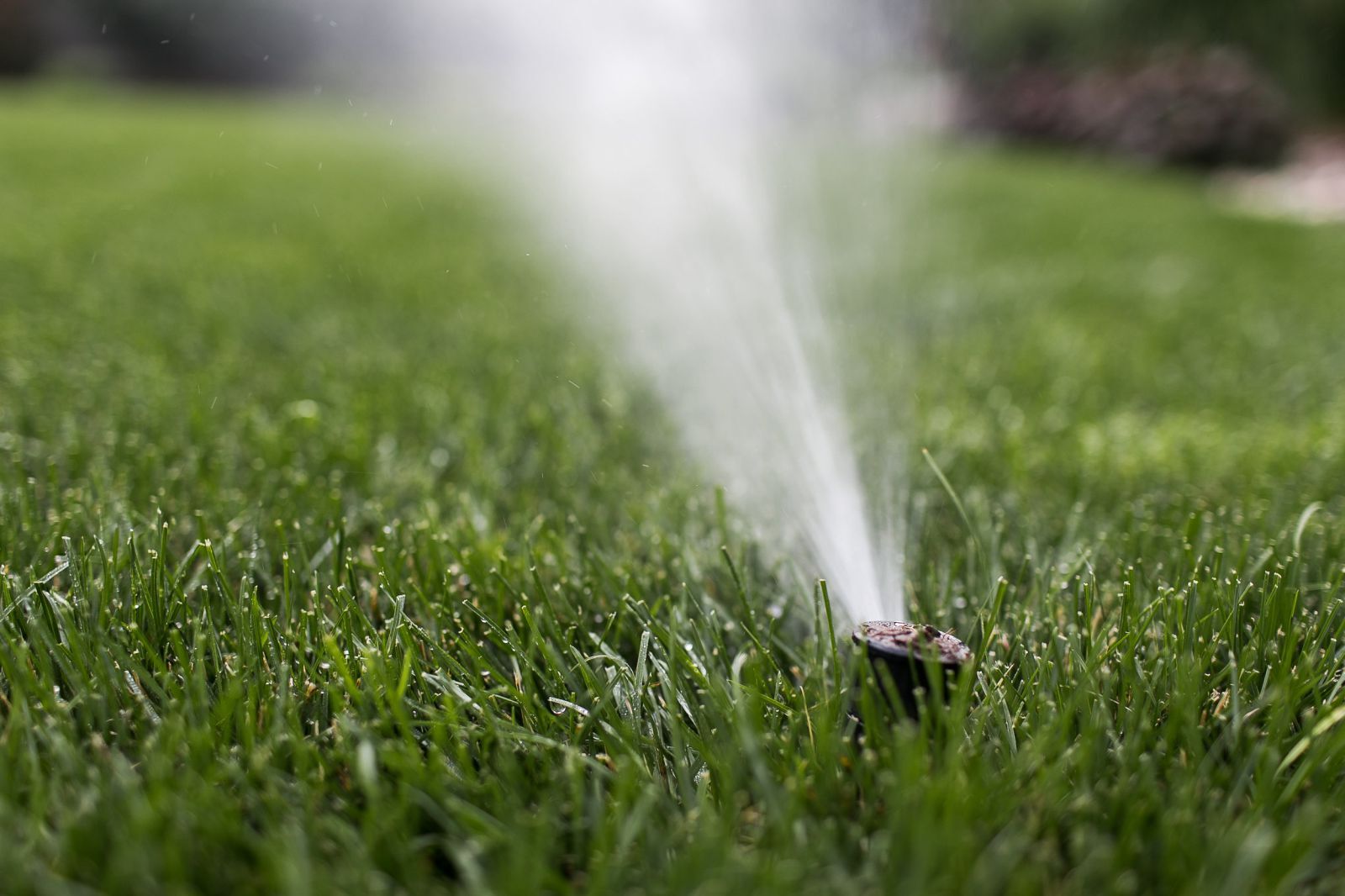

Ideas and Tips
Smart Irrigation Controller Setup for Water-Efficient Gardening
Published: September 23, 2024
Learn how to set up a smart irrigation controller for water-efficient gardening. Save water, reduce waste, and maintain a healthy landscape effortlessly.
(Many of the links in this article redirect to a specific reviewed product. Your purchase of these products through affiliate links helps to generate commission for Storables.com, at no extra cost. Learn more)
In today's world, where water conservation is a pressing issue, smart irrigation controllers have emerged as a revolutionary tool for maintaining healthy landscapes while minimizing water waste. These devices not only automate the watering process but also optimize it based on weather conditions, soil moisture, and plant needs. In this article, we will delve into the world of smart irrigation controllers, exploring their benefits, how to set them up, and the best practices for water-efficient gardening.
Understanding Smart Irrigation Controllers
Smart irrigation controllers are advanced devices designed to manage your lawn and garden's watering needs more efficiently than traditional timers. These controllers use various data points such as local weather forecasts, soil moisture levels, and plant-specific requirements to determine the optimal watering schedule. This approach ensures that your plants receive the right amount of water at the right time, reducing overwatering and subsequent waste.
Types of Smart Irrigation Controllers
-
Weather-Based Controllers:
- These controllers use local weather data to adjust the watering schedule. They can detect rain, high temperatures, and other weather conditions that might affect the need for irrigation. For example, if it has rained recently, the controller will delay or skip watering sessions to prevent unnecessary water usage.
-
Soil Moisture-Based Controllers:
- These controllers employ soil moisture sensors to monitor the water levels in the soil. They can detect when the soil is dry and require watering, thereby preventing overwatering. Some advanced models use both weather and soil moisture data for a more comprehensive approach.
-
Hybrid Controllers:
- Some smart irrigation controllers combine both weather and soil moisture data for a more precise watering schedule. These hybrid systems are particularly effective in maintaining optimal soil moisture levels while adapting to changing weather conditions.
Benefits of Smart Irrigation Controllers
-
Water Conservation:
- Smart irrigation controllers are designed to save water by optimizing the watering schedule based on real-time data. This can lead to significant reductions in water consumption, especially in areas where water is scarce.
-
Efficient Lawn Care:
- Proper lawn care is essential for maintaining a healthy landscape. Overwatering is a common issue that can be mitigated with efficient irrigation practices. Smart controllers help in preventing overwatering by ensuring that plants receive the right amount of water at the right time.
-
Convenience:
- Smart irrigation controllers often come with smartphone apps that allow you to control and monitor your irrigation system remotely. This feature adds a measure of convenience, enabling you to start and stop your sprinklers, view and modify existing schedules, and receive alerts about the status of your system.
-
Customization:
- Many smart irrigation controllers offer customizable zone controls, allowing you to tailor the watering schedule for different areas of your yard. This is particularly useful for larger properties with varying soil types and plant species.
-
Integration with Voice Assistants:
- Some smart irrigation controllers integrate with voice assistants like Amazon Alexa and Google Assistant, providing additional ways to control your sprinklers. For example, you can use voice commands to start or stop the sprinklers, making it easier to manage your irrigation system.
Setting Up a Smart Irrigation Controller
Setting up a smart irrigation controller is generally straightforward, but it does require some technical knowledge. Here’s a step-by-step guide to help you get started:
-
Choose the Right Controller:
- Select a controller that matches the number of zones in your existing irrigation system. Most residential systems have four, eight, or 16 zones. Some controllers are modular and can be scaled up to 32 zones or more.
-
Wiring the Controller:
- Smart irrigation controllers must be hardwired into your existing irrigation system. Connect the wires from each zone valve to the correct terminal on the controller, along with a common wire (“C wire”). Some models also require you to hardwire the power adapter.
-
Installing Soil Moisture Sensors (Optional):
- If you opt for a soil moisture-based controller, install the sensors according to the manufacturer’s instructions. These sensors usually need to be buried in the soil and connected to the controller.
-
Programming the Controller:
- Use the manufacturer’s app or software to program the controller. You will need to set up the zones, schedule watering times, and configure any additional features like weather integration or soil moisture monitoring.
-
Testing the System:
- Once you have set up and programmed the controller, test it thoroughly to ensure that all zones are working correctly and that the watering schedule is being followed as programmed.
Popular Smart Irrigation Controllers
Several smart irrigation controllers are available in the market, each with its own set of features and advantages. Here are some of the most popular models:
-
Rachio 3 Smart Sprinkler Controller:
- The Rachio 3 is widely regarded as one of the best smart irrigation controllers available. It offers an impressive variety of useful features, including customizable zone controls, integration with local weather forecasts, and compatibility with voice assistants like Amazon Alexa and Google Assistant.
-
Orbit B-hyve XR Smart Indoor/Outdoor Sprinkler Timer:
- This model is known for its customizable zone controls and ability to integrate with local weather forecasts. However, its app can sometimes be finicky and confusing for some users.
-
Hunter Hydrawise HPC-400 Outdoor Irrigation Controller:
- This controller is designed for in-ground sprinkler systems and uses advanced algorithms to optimize watering schedules based on soil type, slope of the yard, and local weather conditions.
-
NEO16 Zone Smart Sprinkler Controller:
- This controller offers up to 16-zone control and supports both WiFi and Bluetooth connectivity. It also integrates with Alexa, making it convenient for remote control and scheduling adjustments.
Tips for Water-Efficient Gardening
While smart irrigation controllers are a significant step towards water-efficient gardening, there are several additional tips you can follow to maximize the benefits:
-
Regular Maintenance:
- Regularly inspect your irrigation system for leaks or clogs. A single leak can waste significant amounts of water over time.
-
Mulching:
- Mulching helps retain soil moisture and reduces the need for frequent watering. It also suppresses weeds that compete with your plants for water.
-
Plant Selection:
- Choose plants that are drought-tolerant or require less water. This will reduce the overall water demand of your garden and make it easier to manage with a smart irrigation controller.
-
Seasonal Adjustments:
- Adjust your irrigation schedule according to the season. For example, during hot summer months, plants may require more frequent watering, while in cooler months they may need less.
-
Monitoring Soil Moisture:
- Regularly check the soil moisture levels using a soil probe or moisture meter. This will help you determine if your plants need additional watering beyond what the smart controller is programmed to do.
Conclusion
Smart irrigation controllers are a powerful tool for maintaining water-efficient gardens. By automating and optimizing the watering process based on real-time data, these devices can significantly reduce water waste while ensuring that your plants receive the right amount of water at the right time. With the right setup and maintenance, smart irrigation controllers can be a valuable addition to any home improvement project aimed at conserving water and enhancing garden health.
In conclusion, by understanding the benefits and proper setup of smart irrigation controllers, homeowners can contribute to water efficiency efforts while enjoying healthy and thriving landscapes. Whether you're looking to upgrade from traditional timers or are starting from scratch, incorporating a smart irrigation controller into your gardening routine is an excellent step towards a more sustainable future.
Was this page helpful?
At Storables.com, we guarantee accurate and reliable information. Our content, validated by Expert Board Contributors, is crafted following stringent Editorial Policies. We're committed to providing you with well-researched, expert-backed insights for all your informational needs.
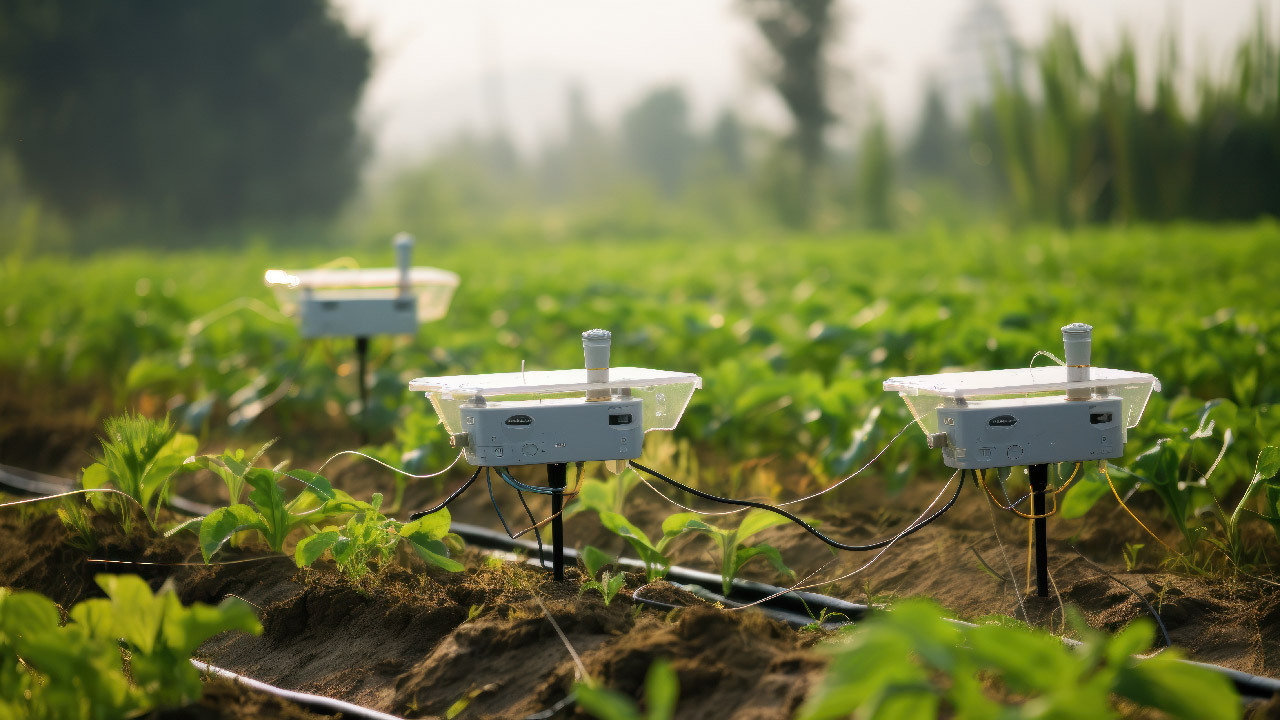
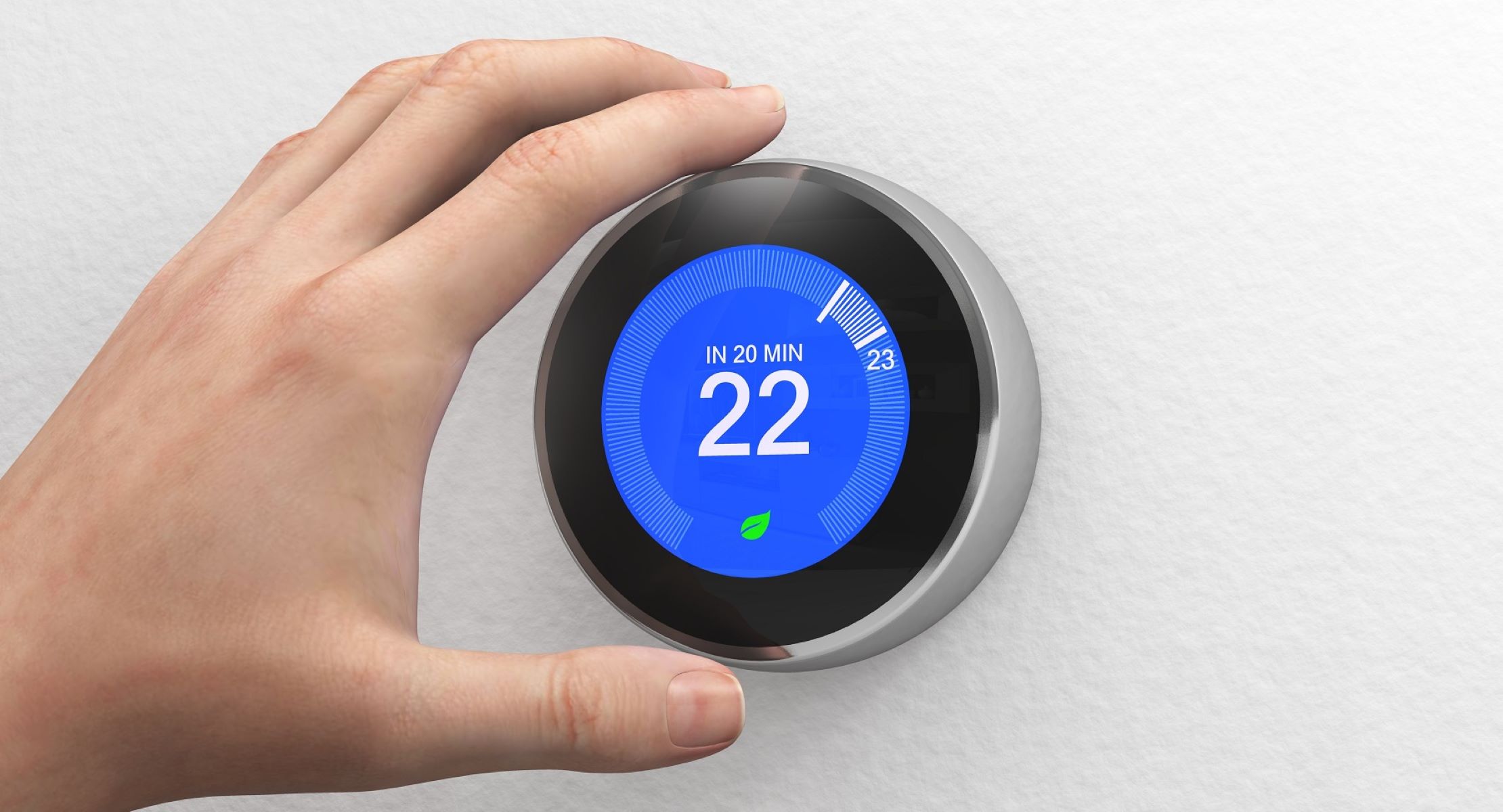
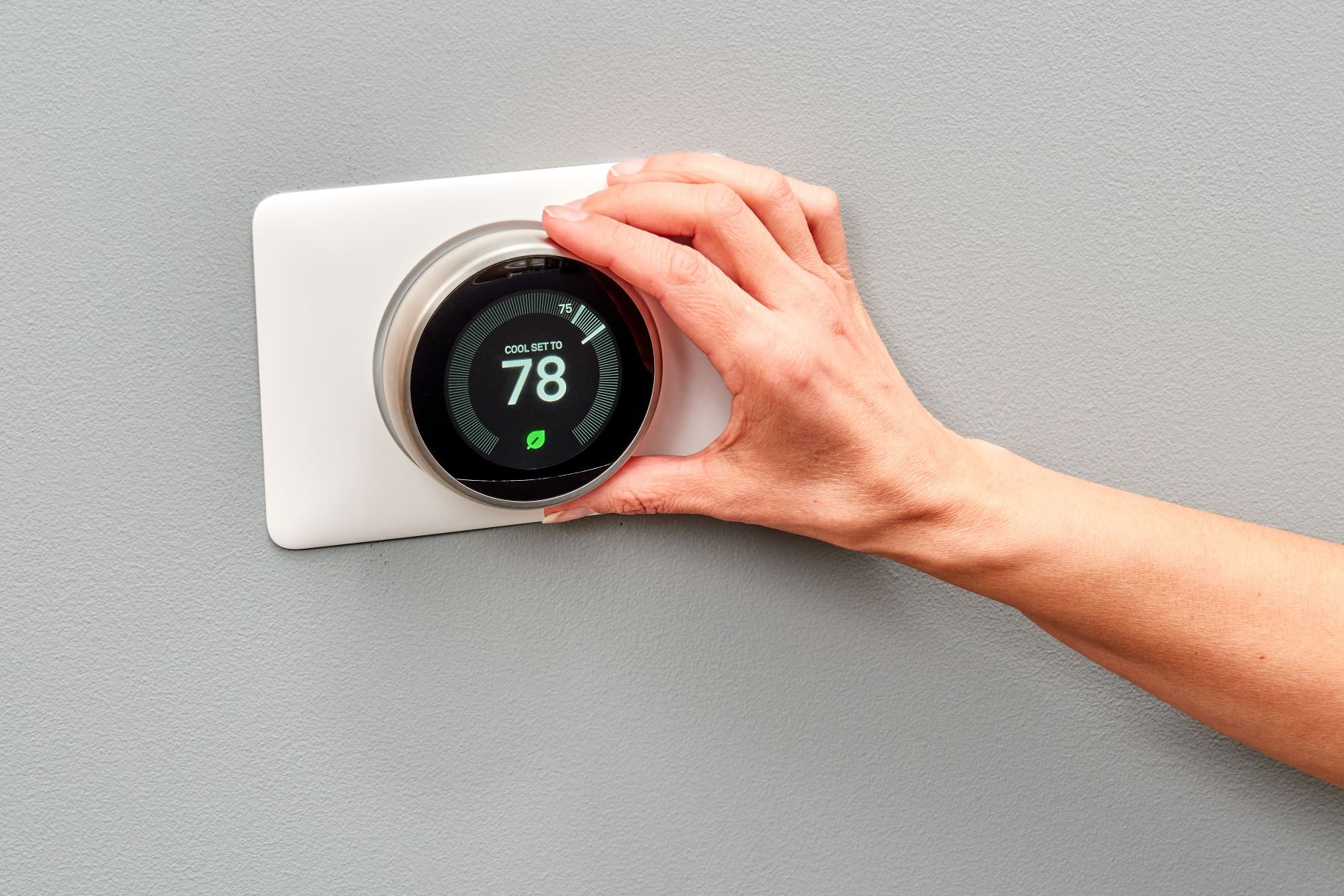

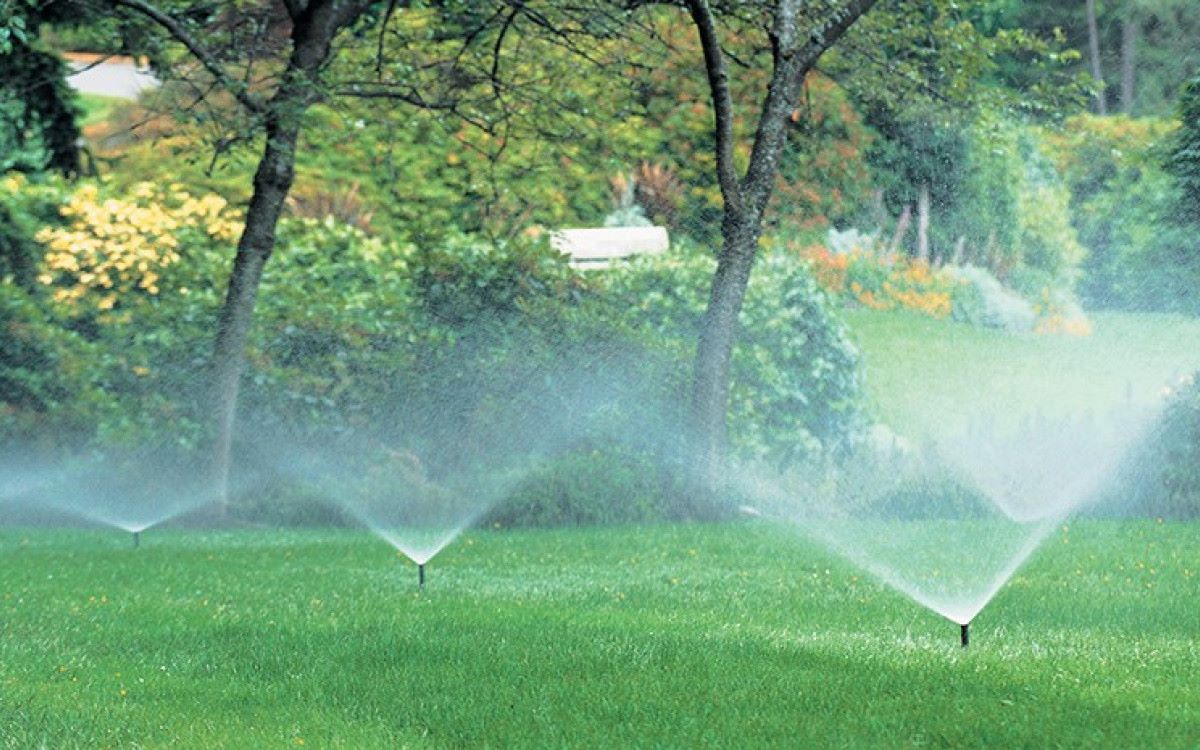
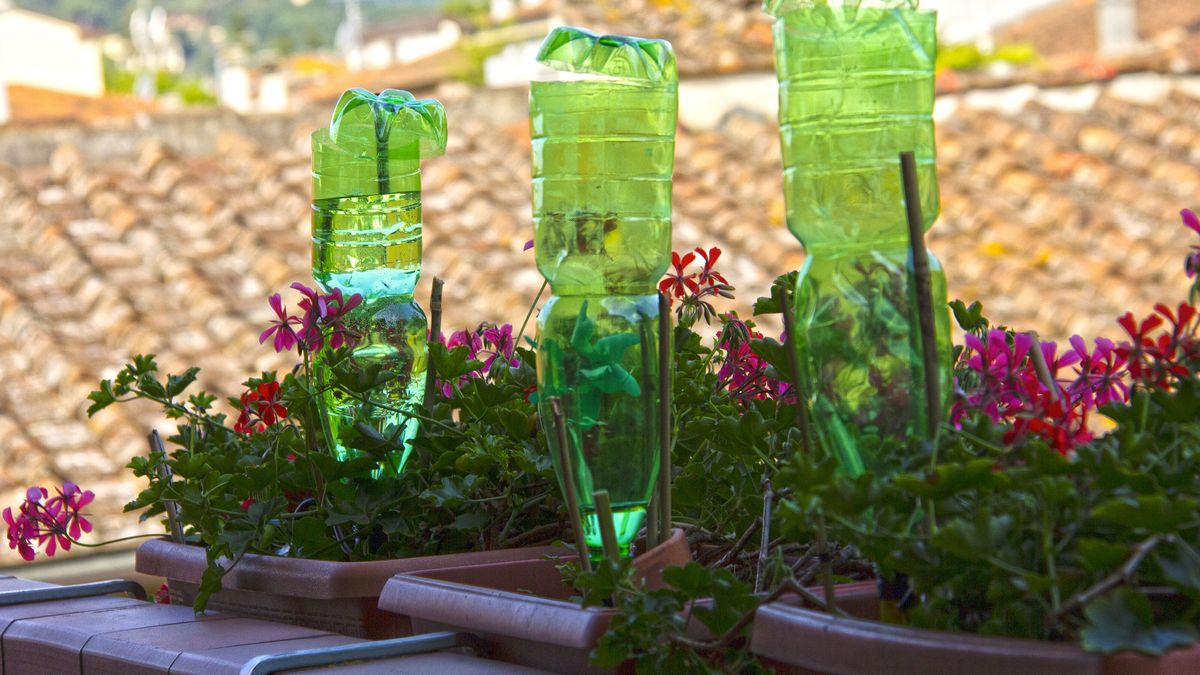
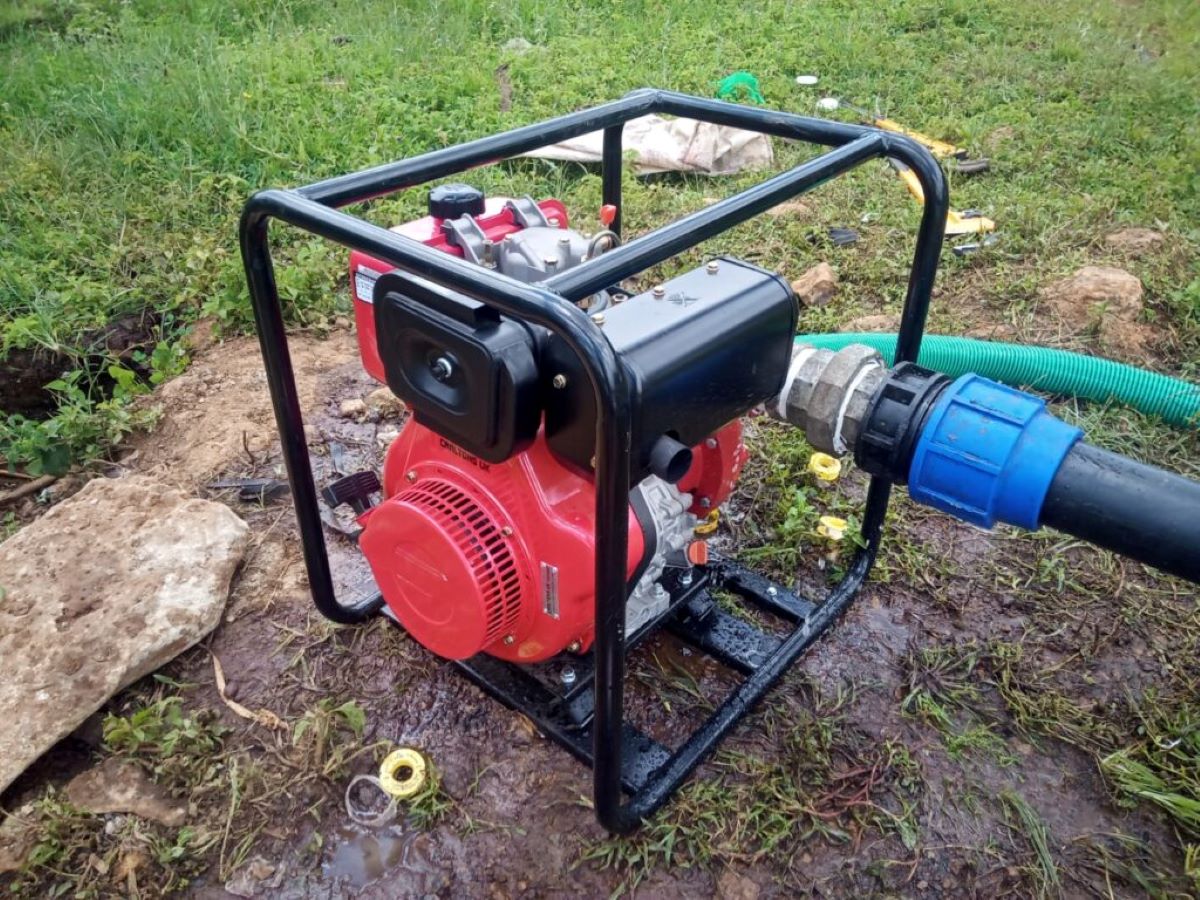
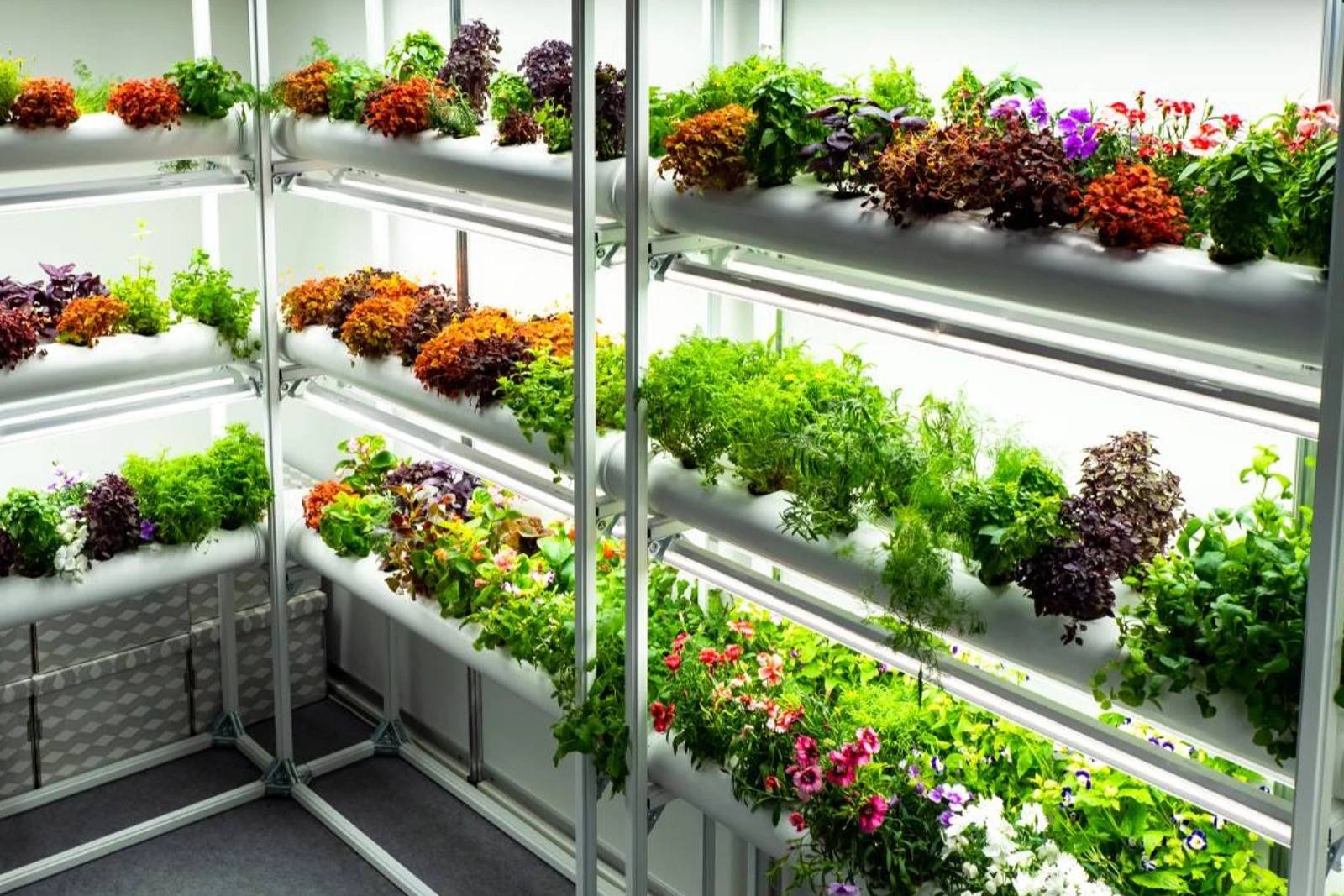
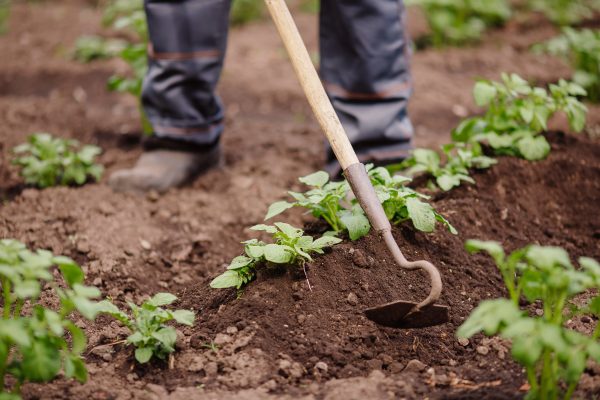
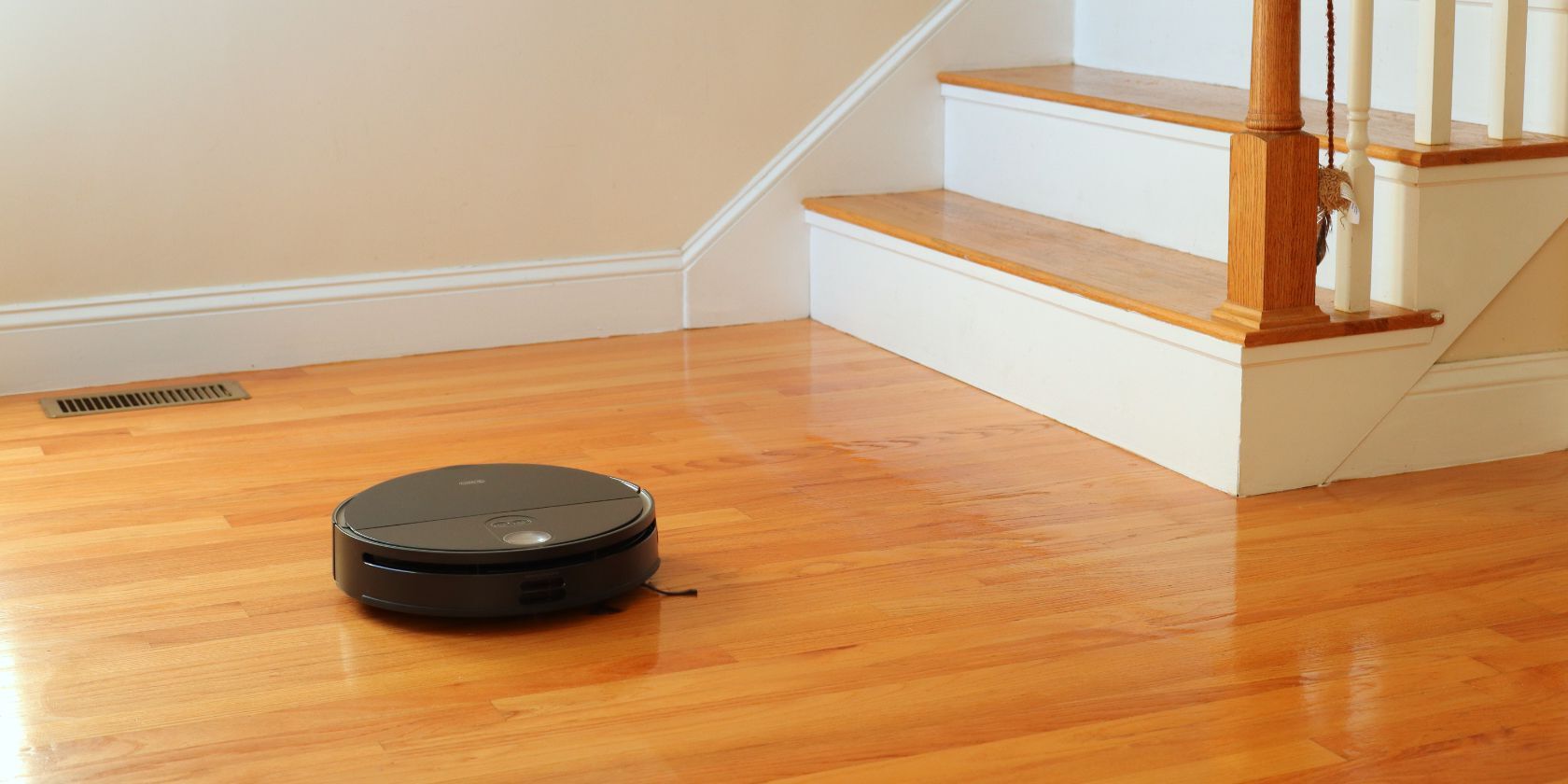
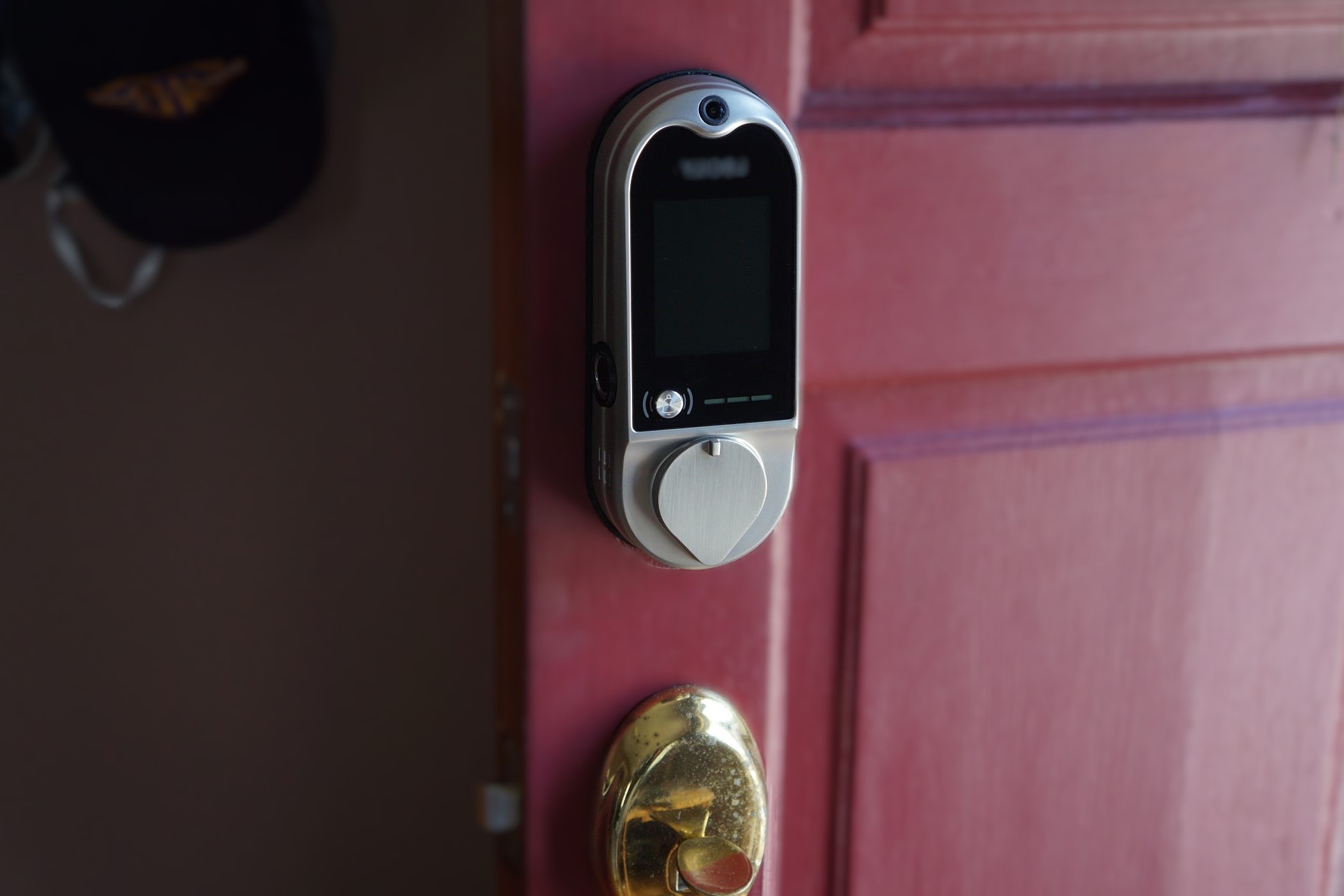
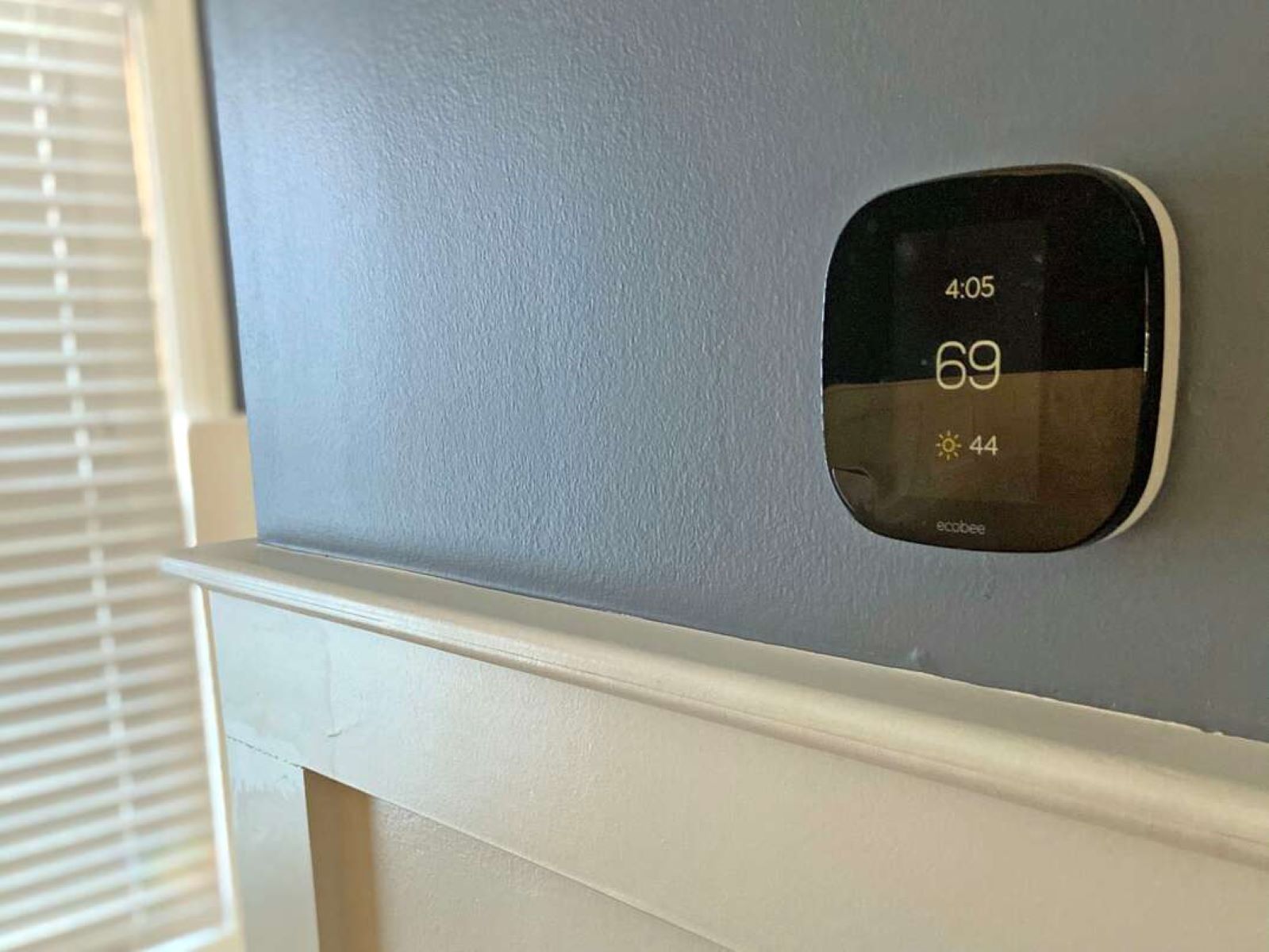
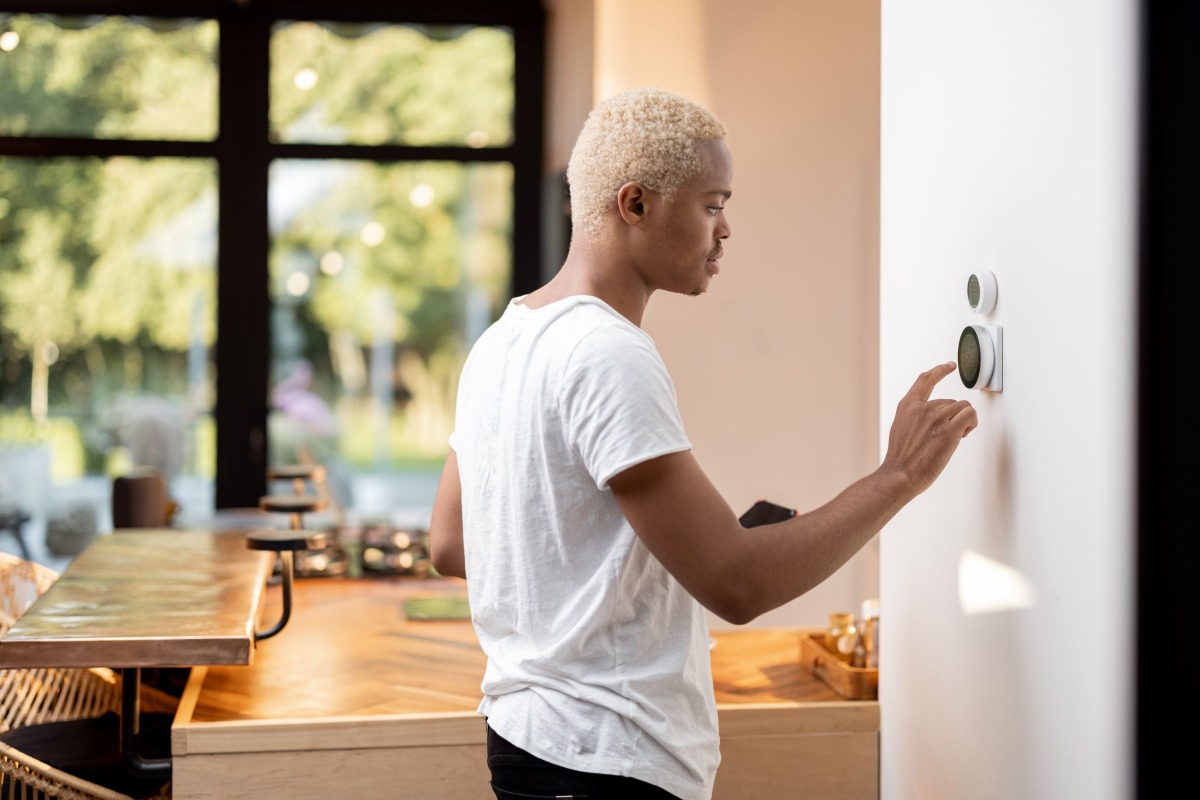
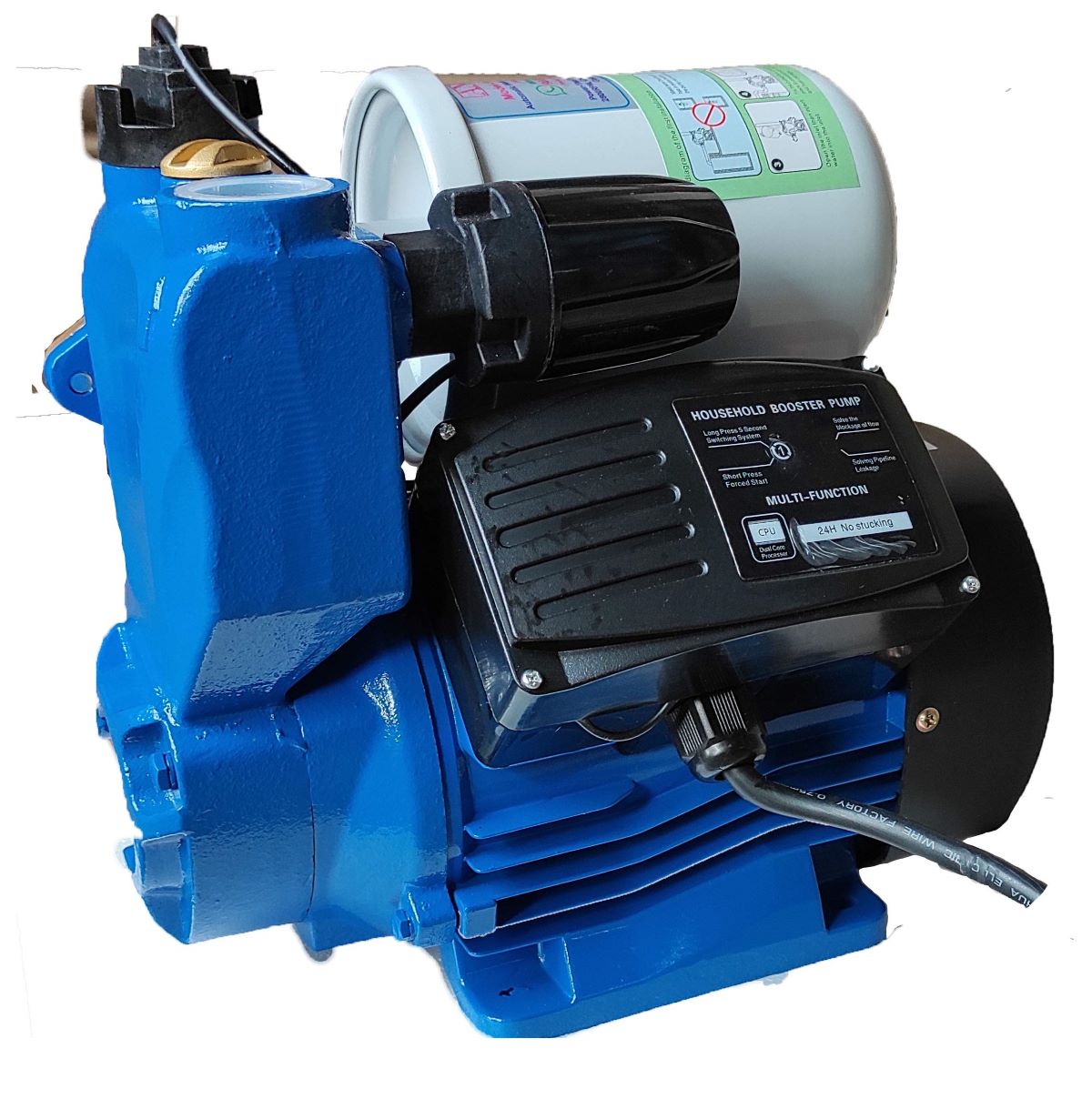

0 thoughts on “Smart Irrigation Controller Setup for Water-Efficient Gardening”